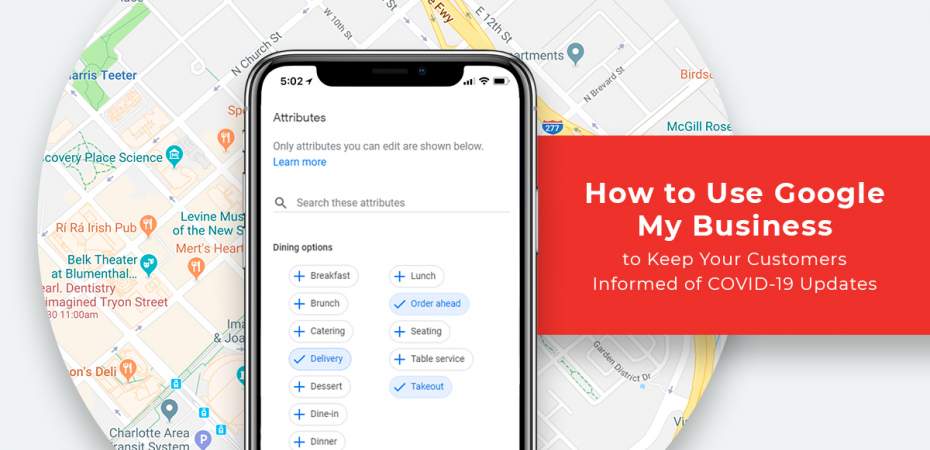July 21, 2020
| Article | by REQ Marketing | Content
How to Let Customers Know About Your Safety Protocol
As businesses across the country adapt to daily uncertainty during the pandemic and look hopefully toward an eventual full reopening, many Americans are looking to the companies they depend on for clarity. Customers want reassurance about your safety protocols as you take steps through the stages of reopening. Communication is more important and more sensitive than ever.
The core of crisis communication is to provide factual, reassuring information and to communicate with empathy and compassion.
If you’re looking for key communication tactics to help connect with your customers and build customer loyalty, you’re in the right place. Here are a few tips to strengthen your crisis management strategy.
Lead Customer Communication With Value
Customers appreciate valuable information in a relatable tone. Signals that we’re all in this together and insight into what is happening can help to calm anxiety and empower customers. In your crisis communication efforts, prioritize what your customers need rather than your own bottom line. It’s important that you:
- Provide detailed, actionable information that will be useful to your customers right now.
- Inform customers of any new policies that your business is adopting at this time.
- Be open and transparent about your own setbacks and what you can and cannot do in these new circumstances. Customers will appreciate the openness and transparency.
Avoid overpromising during the crisis! Create realistic expectations. Customers will adjust their expectations based on your messaging.
Remember All Important Communication Platforms
Email communications and social media outlets are important facets of a crisis management strategy. Critical messaging should be visible on every communication platform.
Remember to:
- Inform customers about the ways you can support them through this crisis and that you appreciate their support.
- Update your website to address the current situation. Even a simple header bar that addresses your ability to fulfill online orders reassures customers.
- Update all online search listings to reflect store hours or closings, services available, sanitation protocols, and locations where customers can shop online. Help customers connect with you.
- Be selective with the information you distribute. Verify your sources as credible and trustworthy.
- Consider using your platforms to provide a list of government and local resources that may be helpful to your customers during this time.
- Demonstrate to your customers exactly how you are prioritizing hygiene..
- Review marketing plans and promotions, and revise as necessary. Adjust them to align with the current situation.
Across every communication platform, keep your tone on brand. Every email, social post, and website update should maintain professionalism. Be helpful and constructive, and stay true to your mission and brand.
Explore New Communication Tactics
People are at home looking for interesting content. Consider engaging them with videos and content they might find either helpful or entertaining. You can build your brand and find new customers.
For example, a sporting goods store could share inspiring stories of athletes and wilderness explorers with special and related offers. A caterer could publish new recipes for people to try at home or offer virtual cooking lessons.
This is also an opportune moment to publicly appreciate your employees. Recognize outstanding service in difficult circumstances. Share your uplifting and touching stories.
Business Is About People
To stand out in today’s market, be a beacon of hope. Remind your customers they are not in this alone.
More than what you say, people remember how you make them feel. This is what will stick with them as our economy recovers.In any communication during this crisis, provide value first, and share your products and services second.

